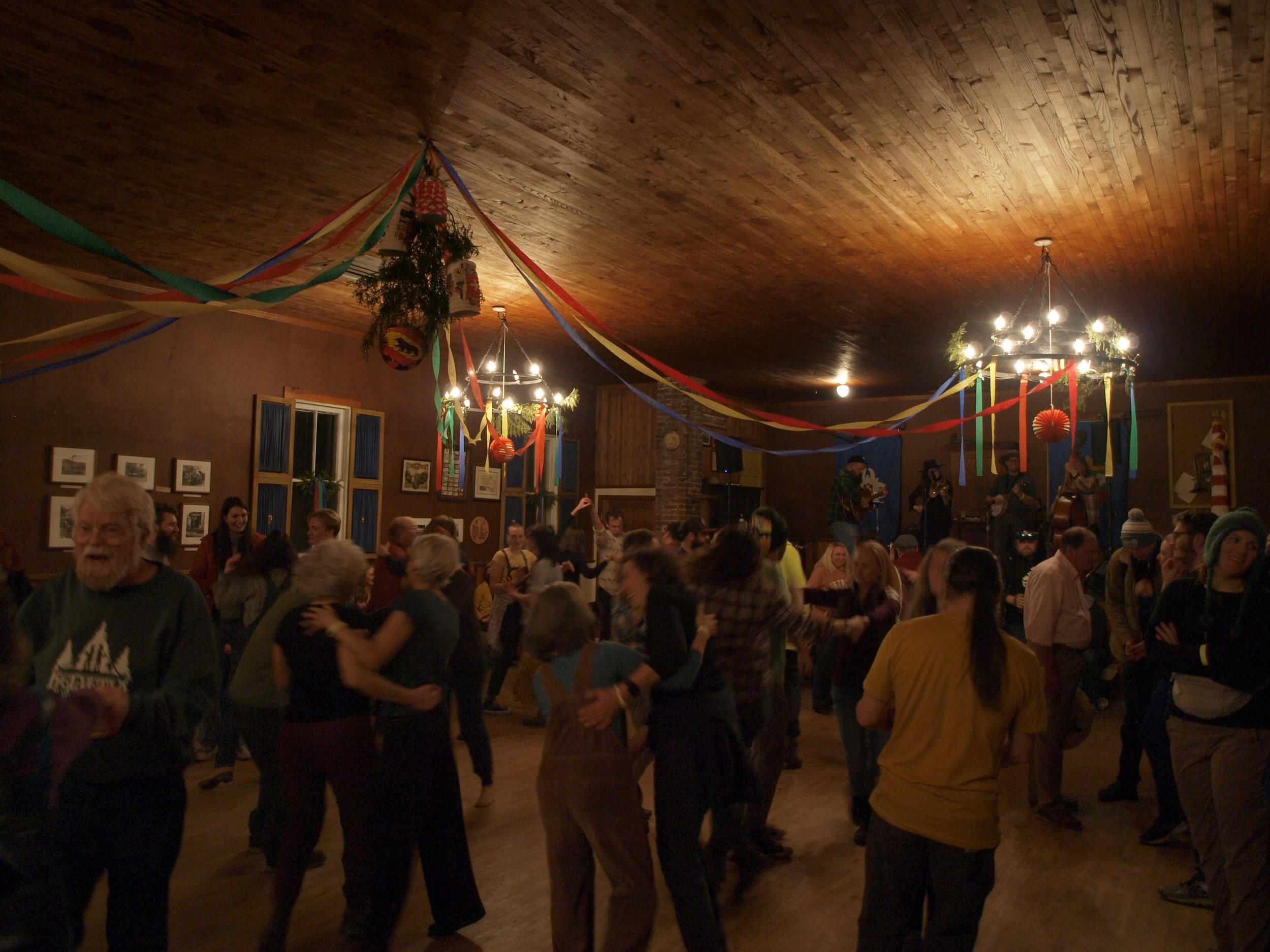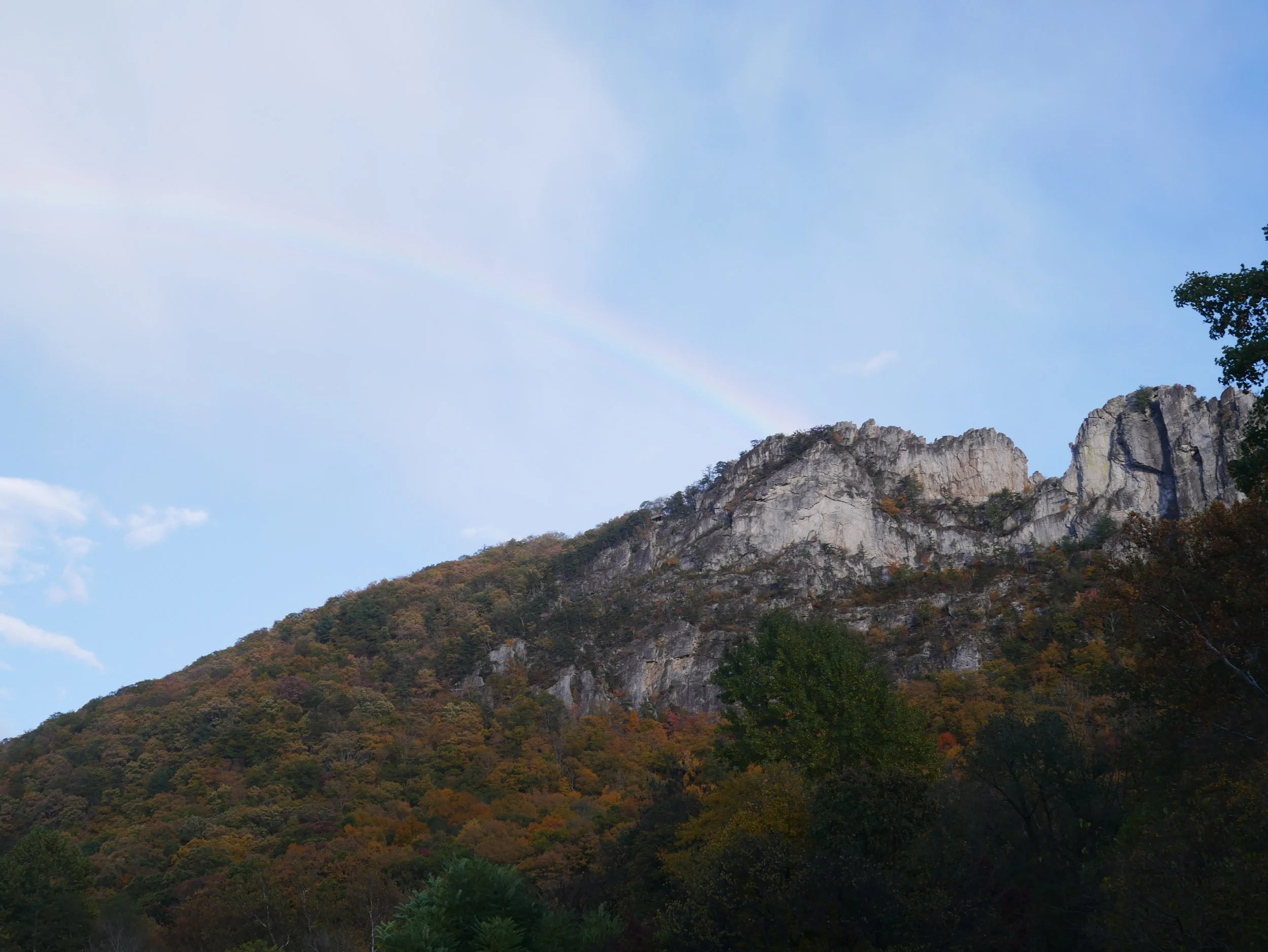Like the barren surface of the moon, the crest of Cabin Mountain stretched out in a desolate field of rock. Botanist Harry Allard came across this stark image when he walked in the wastelands of Grant County’s spruce forests following an era of intensive logging and roaring forest fires. The life and death of West Virginia’s high altitude valleys is a story of a hidden boreal ecosystem, the transformative harvest of the forest, and its devastating aftermath, leaving little but the seeds for a hopeful rebirth.
The Golden Rule: A Tradition of Community Care
The Legacy of Captain David Pugh: A Pioneer of the Cacapon Valley
For European settlers, Hampshire County, Virginia in the early 1800’s was an unknown territory on the periphery of American society. The land, while previously inhabited by Native Americans, was only recently reached by Europeans. For immigrants like the Pugh’s coming from Wales, the Capon Valley was reminiscent of their former homeland. Establishing a homestead in the remote valley required self reliance, innovative spirit, and sheer will. David Pugh would carve out a legacy into the Capon Valley, one that continues to shine as a beacon honoring a family’s determination to establish a place they could call home.
New Germany State Park: Raising Maryland’s Alps
When Western Maryland was a mysterious and distant territory to most Americans, for German immigrants, it felt just like home. Among the villages they settled in, one in present-day Garrett County came to be known nostalgically as New Germany. Today, this village is the location of New Germany State Park. Over a century after its settlement, New Germany hosted the first ski resort south of the Mason-Dixon Line and earned the region the moniker of “Maryland’s Alps.” In between the first German settlers and the ski resort, the land was transformed and made anew. To return to its alpine reputation, New Germany has witnessed the rise and fall of timbering, the growth of scientific forestry, and the snowballing success of outdoor recreation.
Traveller’s Rest: Travel in the Stagecoach Age
If you’re driving down Route 50 through Mineral County, blink and you might miss a curious stone structure on the side of the road. If you were a stagecoach passenger peering out from your horse-drawn carriage this L-shaped building would be a cause for celebration. In the age of horse-drawn wagons and carriages, travel was no small feat and the people who relied on Traveller’s Rest viewed the process of getting around fundamentally different from today. For them, the landscape of the Appalachian Forest could be wild and unpredictable and the journey itself was always far from mundane.
Tracing Bison in the Appalachian Forest
The history of bison in the AFNHA unfolds like a windy trail that aligns with a stream of human change. Their presence and proliferation in the region was first blazed by indigenous tribes who brought a fire regime to the Appalachian forest, creating and maintaining the savannah and meadows that invited, hosted, and fed migrating buffalo. When European colonists came to West Virginia, they found much needed salt by way of the bison. Yet the settlers' domineering conception of the New World broke the balance between humanity and bison leading to their abrupt extermination in West Virginia. The cars and locomotives that now traverse these paths of least resistance owe a great debt to the herd-minded engineers they now succeed.
Paw Paw and its Apple Orchard Industry
By 1910 there were more than 150 orchards in Morgan and Hampshire counties. A 1919 census of orchards by the WV Department of Agriculture recorded eight orchards in Paw Paw, with a crop of 105,000 bushels. In 1940, the Consolidated Orchard Company constructed a modern packing plant with a capacity of 130,000 bushels, which grew to a capacity of 200,000+ bushels by 1963. On April 16, 1948 Consolidated Orchard hosted the dedication of the B&O Railroad “Paw Paw” Pullman car. B&O chose to honor “Paw Paw” because of the town’s importance as an apple producing center, and the prominence of Henry Miller, Jr as a producer, shipper, and apple authority.
Seneca Rocks: The Forest's First National Recreation Area
Today all can explore Seneca Rocks because it is public land that sits within the Spruce Knob-Seneca Rocks National Recreation Area, the first congressionally designated national recreation area established by the USDA Forest Service. Modern-day visitors to the Seneca Rocks Unit of the Spruce Knob-Seneca Rocks National Recreation Area appreciate the unique amalgam of geological history, rich culture, and fruitful recreational opportunities. Although the rock face is wont to steal the spotlight, the diversity and wealth of culture associated with the area is equally - if not more - deserving of it.
Old Growth: Historic Trees of the Appalachian Forest
Let’s spend some time thinking about the organisms that have stood tall for well over 250 years. That’s right- we’re talking about trees. There are some trees in our region that have existed for over 250 years or are descendants of trees that play a role in history - from the Pringle Tree in Buckhannon to Cathedral State Park.
Winter Traditions in the Appalachian Forest
Remembering West Virginia's Indigenous History
Many contemporary people believe West Virginia was nothing more than a hunting ground for the migratory Native Peoples. People without names, without connection. Yet, in my own survey, I am continuously reminded that West Virginia was home to many Indigenous communities, and these connections were held tight by long-term settlements. We see this by the traces they left behind, such as pottery, copper, shell, luxury items, burial sites, and old-growth trees. Many of the sites that archaeologists research are my direct ancestors, and the ancestors of existing descendant communities throughout the Eastern United States.















